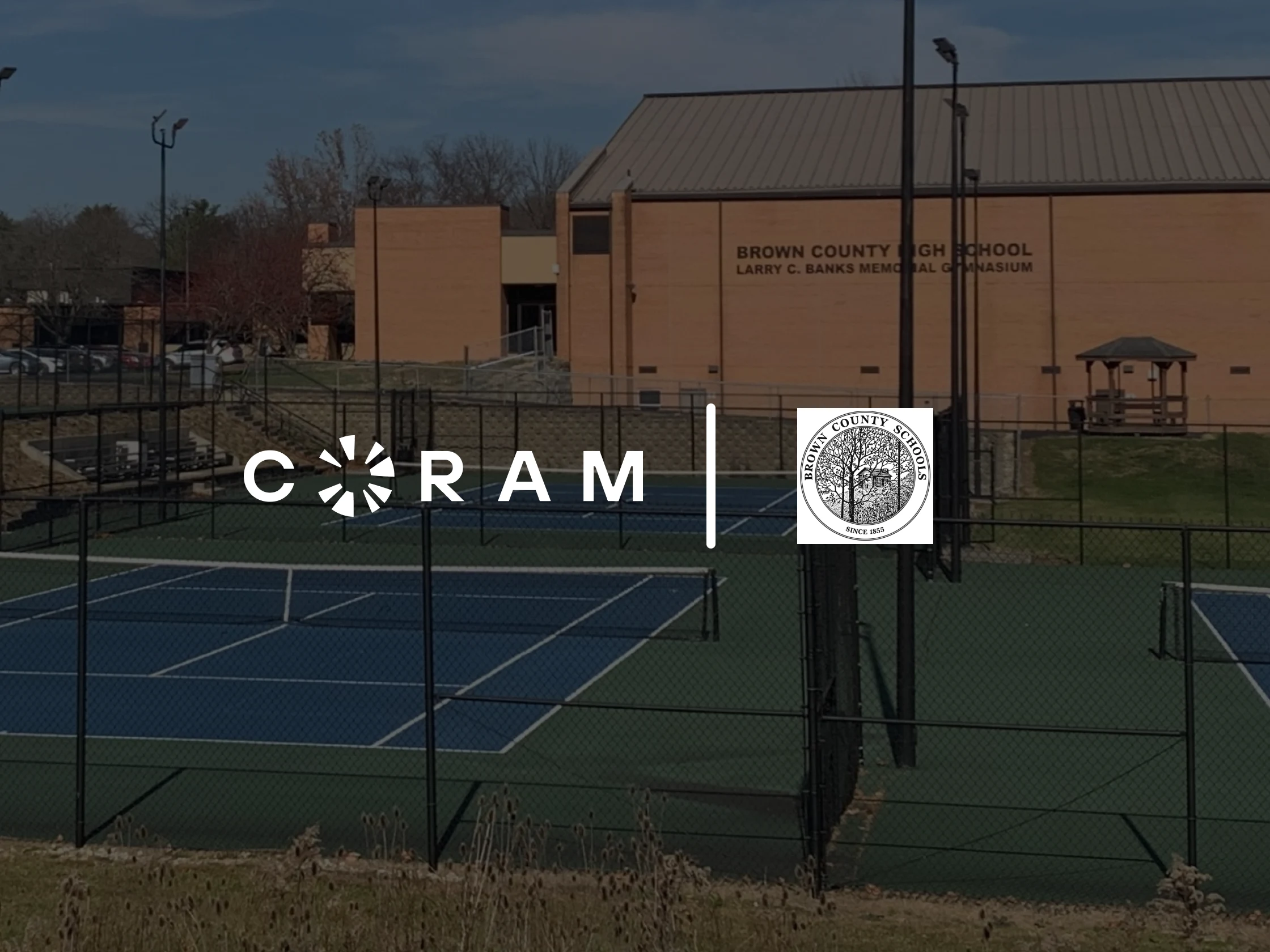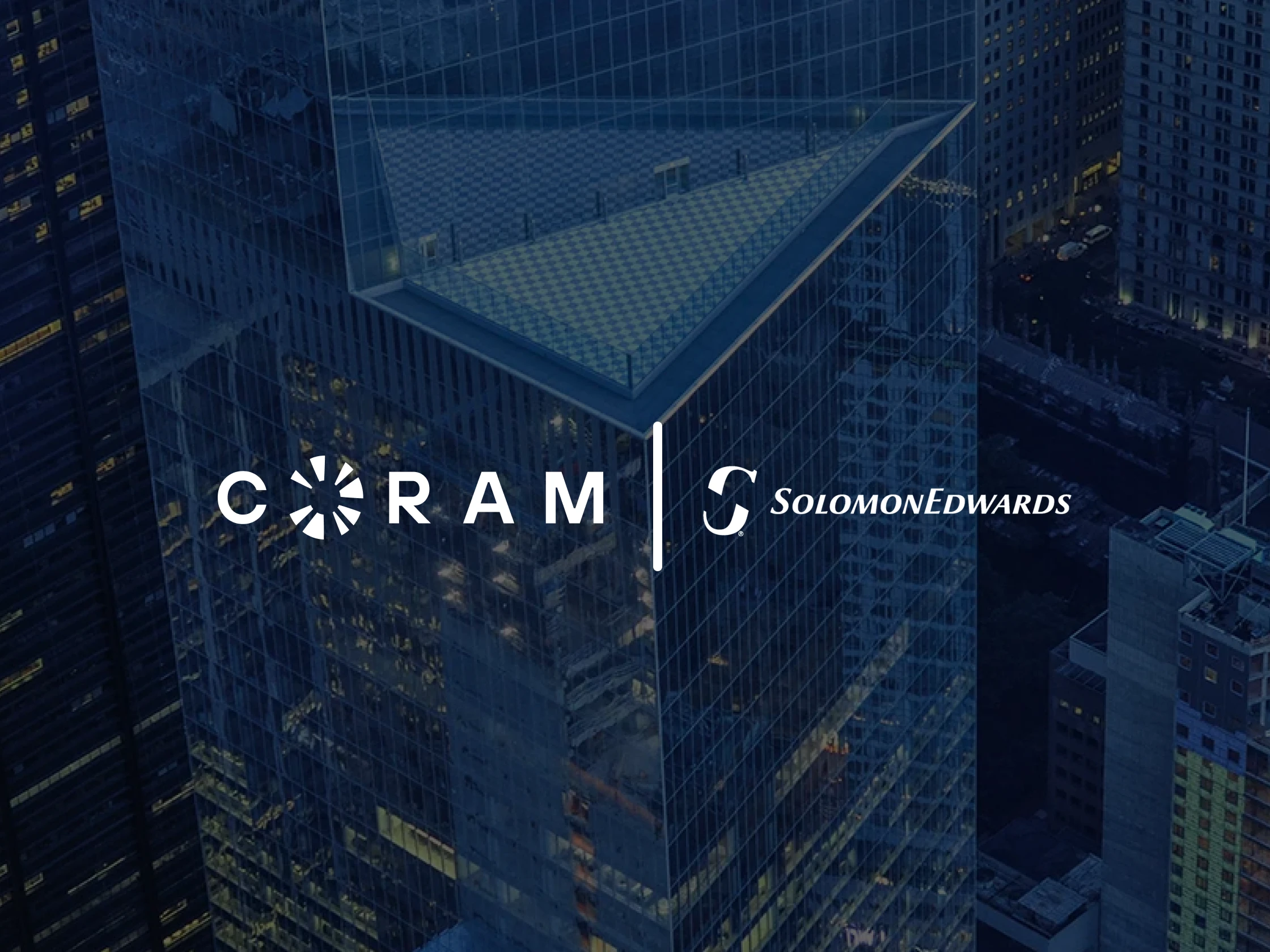As of 2024, there were 57,914 Car Wash & Auto Detailing in the United States, meaning the auto wash industry is booming. However, running a modern car wash comes with challenges like missed payments, vehicle damage disputes, long wait times, and inconsistent customer service.
These inefficiencies drain profits, hurt customer trust, leave your site vulnerable, and force you to make critical business decisions in the dark. It’s frustrating when your team can’t keep up or when your current systems fall short.
That’s why you need advanced technology. A car wash camera system powered by AI, license plate recognition (LPR), and vehicle recognition can optimize your operations, boosting efficiency, security, and customer experience. In this piece, we’ll break down how it works and why your wash needs it now.
Why Smart Cameras Beat Standard CCTV in a Car Wash?
Because of the demanding, wet, and often steamy environment of an auto wash, standard CCTV systems simply can't keep up. They are merely recording devices, often capturing blurry images obscured by soap, water jets, and fog.
Smart AI cameras, however, are better, transforming your surveillance into an active, intelligent operational asset. Here's why they dominate:
- Seeing Through the Suds and Steam
Standard cameras fail miserably during the actual wash cycle. Smart cameras are built tough, often with superior waterproofing and, crucially, advanced image processing. As of 2023, 79% of U.S. drivers visit professional car washes, (up from just 50% in 1996), so operational excellence is essential.
Features like Wide Dynamic Range (WDR) cut through harsh glare and deep shadows near tunnel entrances/exits.
Specialized algorithms can also compensate for distortion caused by water streams and condensation, maintaining critical visibility throughout the entire process.
- Automating Operations with LPR
Manually logging license plates for membership validation or billing reconciliation is slow and error-prone.
AI-powered License Plate Recognition (LPR) cameras instantly, accurately, and automatically capture plate numbers day or night, regardless of vehicle speed entering the bay or tunnel.
This slashes admin time, ensures accurate billing, prevents revenue leakage, and enables seamless touchless entry for members.
- Proactive Security and Loss Prevention
Standard CCTV only tells you what went wrong. Smart cameras act as vigilant guards. AI analytics detect suspicious behavior in real-time (such as loitering, unauthorized access to equipment bays, or potential vandalism) and send instant alerts.
They can even integrate with access control or trigger alarms, stopping theft and damage before it escalates.
- Enhanced Customer Insights via Vehicle Recognition
Beyond plates, AI can classify vehicle types (sedan, SUV, truck). This helps car wash owners:
- Track popular wash packages per vehicle type
- Optimize tunnel timing for larger vehicles
- Personalize marketing offers
- Better understand their customer demographics than ever before
Ultimately, it’s data-driven decision-making made easy.
- Increased Revenue Generation
The combined power of LPR and vehicle recognition:
- Automates loyalty programs
- Enables targeted promotions
- Provides undeniable proof for damage claims
- Simplifies operational workflows
This directly boosts revenue, reduces costs, and elevates customer experience. Simply put, standard CCTV offers hindsight; smart AI cameras provide foresight, insight, and automated action. In the auto wash industry, that intelligence is both convenient and essential for profit, security, and growth.
Core Features to Look For
When investing in an AI-powered camera system for your car wash, look beyond basic recording. These three core features deliver transformative automation, premium security, and insights. Together, they form an intelligent operational backbone.
License Plate Recognition (LPR)
AI cameras instantly and accurately read plates anytime, even on vehicles entering at speed, obscured by dirt, or under harsh wash bay lighting/water spray.
This way, when customers drive in, the system recognizes them, validates them, and can even auto-select their preferred wash package. Additionally, this feature can:
- Automate billing reconciliation to eliminate manual errors and the tedious task of matching wash logs to license plates
- Instantly flag non-paying vehicles or detect plate-swapping attempts
- Integrate LPR data directly with your POS system for flawless transaction tracking, eliminating revenue leakage from missed charges
- Track customer visit frequency, usage patterns, and preferred services effortlessly based on plate data. This enables targeted retention campaigns and loyalty rewards
Vehicle Make / Model / Color Recognition
With an AI camera system’s GPT-like search, users can quickly find footage by typing queries like “blue Honda Civic” or “white Ford truck.” The system uses built-in vehicle make, model, and color recognition to instantly filter and retrieve relevant clips from days or weeks of recordings. This saves time, improves accuracy, and streamlines tasks like handling damage claims or investigating incidents.
Edge Analytics and Alerts
Unlike standard CCTV, which only records for review, AI processing at the edge (on the camera itself) analyzes video in real-time. It can immediately detect and alert staff to critical events:
- Loitering, perimeter breaches, theft attempts, unauthorized access to equipment rooms or cash kiosks
- Vehicles stalled in the tunnel, potential collisions, bay obstructions, and chemical leaks
- Detection of suspicious behavior near coin boxes or retail areas
Moreover, real-time alerts via mobile apps or control room monitors enable staff to intervene immediately, preventing damage, theft, or safety hazards before they escalate. They also minimize downtime and liability.
What is an AI Camera System?
An AI camera system is a security device that integrates sophisticated artificial intelligence (AI) directly into the camera. This means the camera doesn't just capture images; it actively:
- Sees
- Analyzes
- Differentiates between objects, vehicles, and humans
- Understands what it's viewing in real-time
This transforms raw video into actionable intelligence. Similarly, an AI camera system for your auto wash is a network of intelligent sensors that can be integrated with cloud-based and access control systems.
It replaces passive recording with proactive alerts, automating key processes, securing your assets, delighting customers, and driving profitability through real-time data analysis.
Best Practices For Getting The Most From Car Wash Cameras
Investing in an AI camera system is a significant step towards modernization. But simply installing the hardware isn't enough. To truly get the most from it, you need a strategic approach. Follow these best practices:
- Position Cameras Strategically
Place cameras for optimal plate capture angles, considering vehicle approach speed, height variations (cars vs. trucks), and lighting conditions (avoid direct sun glare into the lens). Typically, position them 8-10 feet high, angled slightly downward, 15-25 feet from the point of capture (example, entrance gate or pay station). Ensure clear, unobstructed views.
Position cameras to capture full vehicle profiles (front/side/rear) before significant water/soap obscuration begins. Cover key entrance points: entry lanes, pay stations, tunnel entrance/exit, vacuum areas, and equipment bays.
Ensure cameras are rated at least IP66 or IP67, which can withstand wet, humid, and chemical-prone environments.
- Optimize System Accuracy for Your Wash
Work with your vendor to calibrate the LPR and vehicle recognition software for your specific environment. This includes training on local plate formats, common vehicle types in your area, and accounting for your wash's unique lighting and potential obstructions.
Configure edge analytics alerts (example, loitering, stalled vehicle) to be meaningful. Avoid false alerts by setting appropriate sensitivity levels and defining relevant zones (for example, trigger alerts only near cash booths or equipment rooms).
Supplement natural light with dedicated, non-glare infrared (IR) illuminators or carefully positioned white light to ensure consistent image quality 24/7, especially for LPR accuracy.
- Ensure Swift Integration for Smarter Operations
Deep, real-time integration between your AI camera system and your Point-of-Sale (POS) software is essential. This automates customer validation, package selection, billing reconciliation, and prevents revenue leakage by instantly matching plates to transactions.
Integrate LPR with gate/barrier surveillance systems for swift customer entry.
Ensure the camera system integrates with your existing network monitoring or facility access control system for a unified view.
- Train Your Team
Train managers and key staff on how to review LPR data, access vehicle recognition reports, respond to real-time alerts, and search video footage efficiently.
Establish clear procedures for how staff should respond to different types of real-time alerts (e.g., stalled vehicle, security breach). Remember, speed is critical.
Show staff how vehicle recognition insights can inform staffing decisions, inventory planning, and promotional targeting.
- Regular Review and Iteration
Periodically spot-check the system's plate read accuracy and vehicle classification. If there are any inconsistencies, report them to your vendor for model refinement.
Don't just collect vehicle data (make/model/color, visit frequency, package uptake); review and act on it regularly. Use this information to adjust marketing campaigns, optimize wash packages, and understand customer demographics.
Regularly assess if alerts are still relevant and adjust sensitivity/zones as needed.
Keep camera firmware and AI software up-to-date to ensure peak performance, access new features, and maintain security.
By meticulously planning placement, configuring and integrating the system, training your team, and continuously reviewing performance, raw data and video feeds can become tangible results.
Conclusion: Future-Proof Your Wash With Coram AI
In an industry where speed, accuracy, and customer satisfaction can make or break your business, Coram AI helps you stay ahead of the curve. By combining license plate recognition (LPR), AI-powered car recognition, and smart surveillance into a unified system, Coram AI modernizes and future-proofs your wash.
Think about being able to:
- Eliminate human error at the pay station
- Identify repeat customers instantly
- Track vehicle history with precision
- Prevent theft, fraud, or misuse in real-time
That’s the competitive edge Coram AI delivers. No matter your wash’s size, this system equips you with the automation, data, and intelligence to scale profitably and run smarter.
And the best part? It integrates easily with your existing setup; so, you don’t need to overhaul your entire infrastructure. By using Coram AI’s camera system, you're investing in smarter operations, smoother customer experiences, and a competitive advantage that lasts.
If you’re thinking long-term, schedule a free demo with Coram AI and see how smart recognition tech can transform your business operations.





.webp)








.webp)
